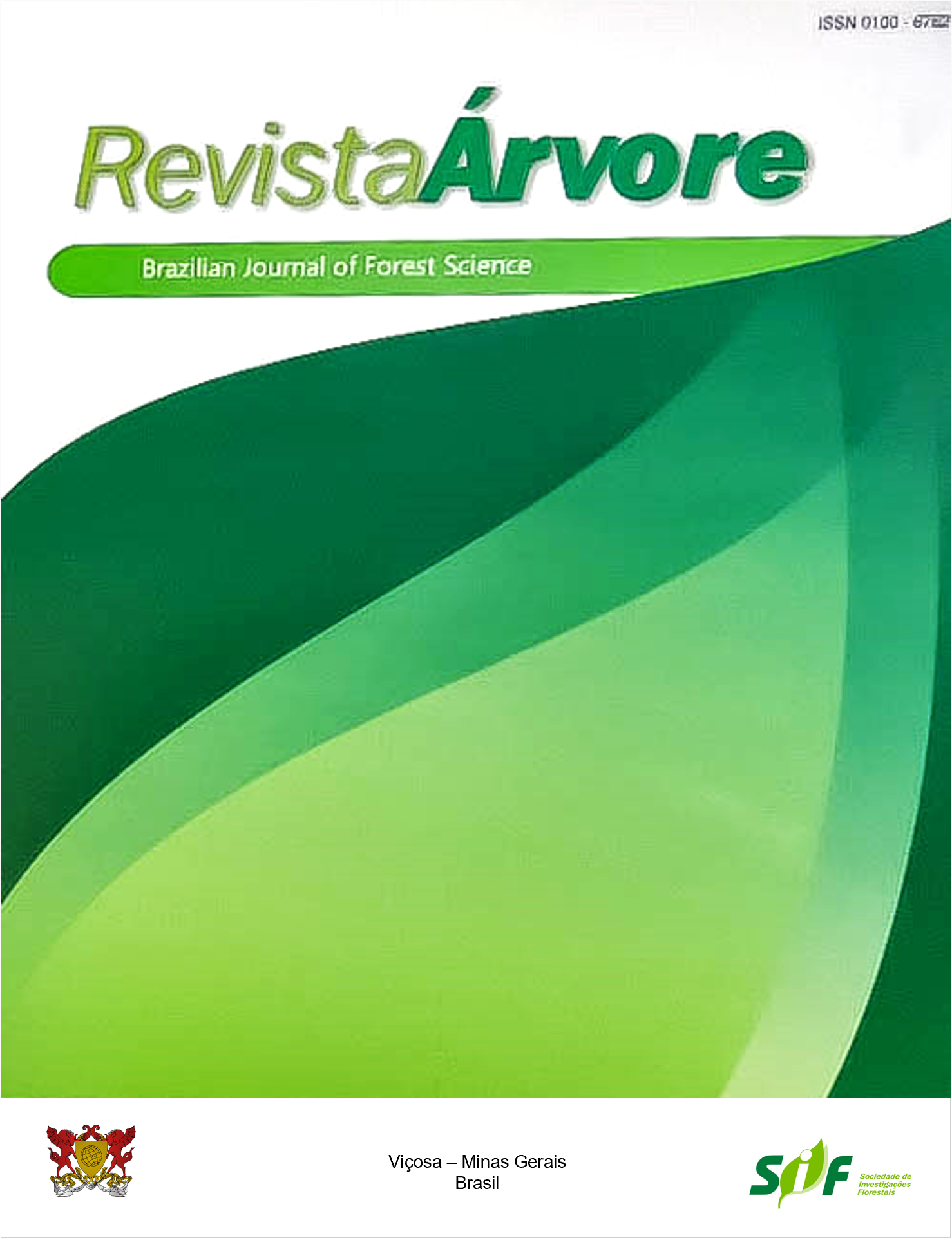CLIMATIC NICHE DETERMINES THE GEOGRAPHIC DISTRIBUTION OF MYRTACEAE SPECIES IN BRAZILIAN SUBTROPICAL ATLANTIC FOREST
Keywords:
Biogeography, Niche analysis, Multivariate ordinationAbstract
The understanding of factors determining species geographic distribution is a fundamental aim of ecology. We investigated the environmental niche for three Myrtaceae species in the Brazilian Subtropical Atlantic Forest (BSAF), part of a global conservation hotspot. Based on a literature review, we selected one representative Myrtaceae species in three important forest types in this region: Evergreen Rain Forest (coastal plains and associated mountains ranges); Araucaria Forest, and Seasonal Deciduous Forest (continental upland areas). Geographical coordinates of their distribution were obtained from the BIEN database. As explanatory variables, we considered altitude, climate, cloud cover, and soil classes. We summarized the environmental space occupied by each pair of species using Principal Components Analysis, determined niche overlaps, and applied statistical tests to verify niche equivalences and similarities. The selected species in Evergreen Rain Forest, Araucaria Forest, and Seasonal Deciduous Forest were Myrcia splendens (Sw.) DC., Myrcia guianensis (Aubl.) DC., and Campomanesia xanthocarpa O.Berg., respectively. C. xanthocarpa showed a more restricted geographic distribution than the two Myrcia species that occur from central America to southern Brazil. Species’ geographic distribution were fundamentally determined by temperature and rainfall regimes. Only C. xanthocarpa and M. guianensis, from uplands forest formations, showed environmental niche equivalence. In conclusion, we found that both species of Myrcia showed high climatic niche amplitudes occurring throughout the climatic gradient, while C. xanthocarpa was more subtropical, distributed mostly in the south and southeast of Brazil.
Keywords: Biogeography; Niche analysis; Multivariate ordination
Downloads
Published
How to Cite
Issue
Section
License
Copyright (c) 2021 Revista Árvore

This work is licensed under a Creative Commons Attribution 4.0 International License.
All authors agreed to submit the work to Revista Árvore and granted the exclusive license to publish the article. The authors affirm that it is an original work and has not been previously published elsewhere. The scientific content and opinions expressed in the article are the sole responsibility of the authors and reflect their opinions, not necessarily representing the opinions of the editorial board of Revista Árvore or of the Society of Forest Investigations (SIF).




